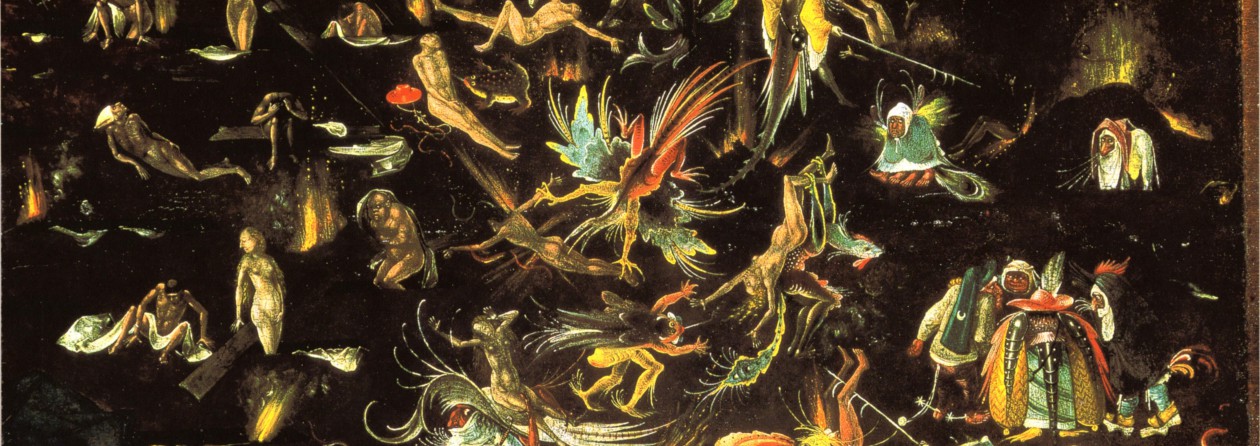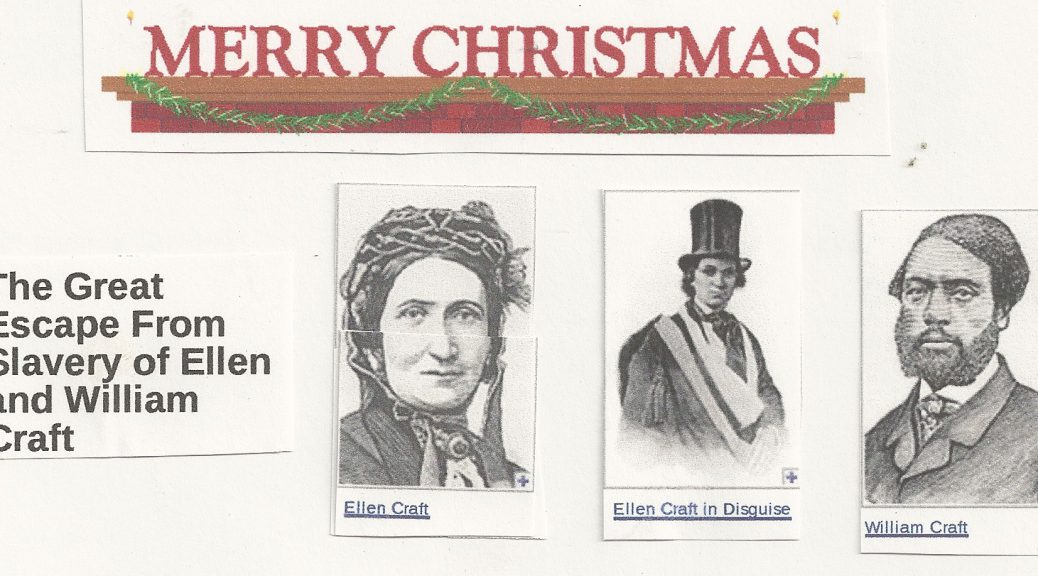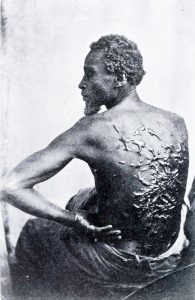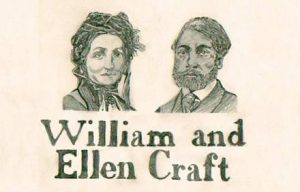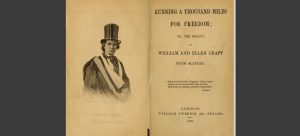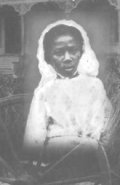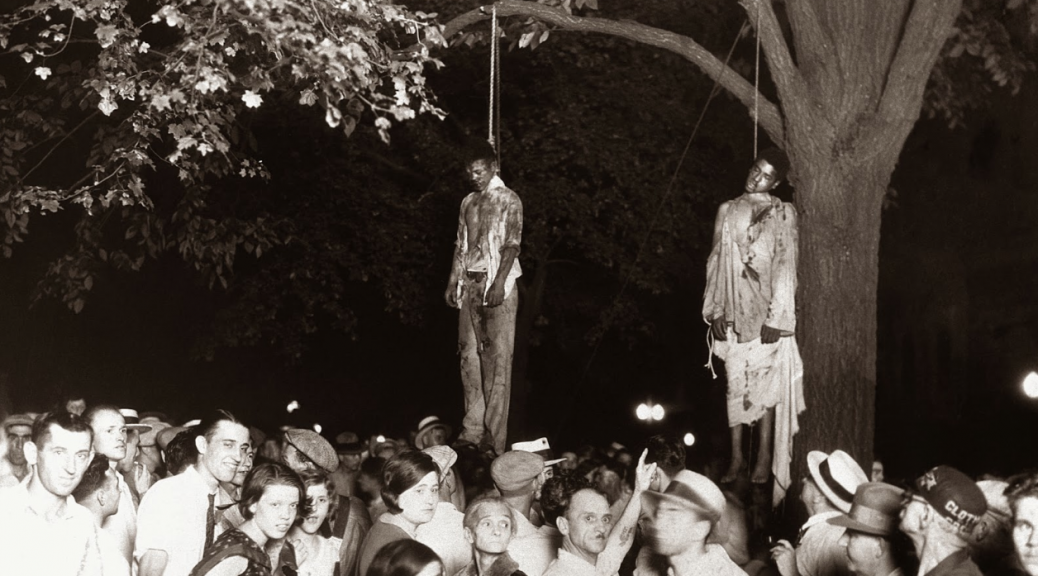December 20 Peace Love Art Activism
BLACK HISTORY
Slave Celia
December 20, 1855: Celia, convicted of first degree murder, was hanged. (see Slave Celia for expanded chronology)
Dyer Anti-lynching Bill
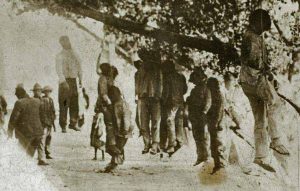
December 20, 1893: Georgia became the first state in the Union to pass a law against lynching, making the act punishable by four years in prison. The statute was not particularly effective. (next BH, see March 18, 1895; next Lynching, see January 12, 1893; see 19th century for expanded lynching chronology)
38 Years later
December 20, 1921, on the federal level, southern Democrats defeated the Dyer Anti-Lynching bill. Although outnumbered in the House by more than two to one, Democrats under the leadership of Tennessee Representative Garrett filibustered so successfully against consideration of the Dyer Anti-Lynching bill, that Rep Mondell, the Republican floor leader, was forced to capitulate and agree that the bill should not come up until after the Christmas holidays. (see January 4, 1922)
1964 Harlem Riot
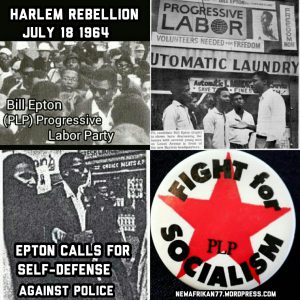
December 20, 1964: a jury found William Epton, the leader of the Harlem Progressive Labor Movement, guilty of conspiring to riot, of advocating the overthrow of the New York State government, and of conspiring to overthrow it.(see December 22, 1968)
Howard Beach
December 20, 1986: in Howard Beach, Queens white teens chased Michael Griffith, an African-American youth, onto a freeway where a motorist hit him. Griffith died from his injuries setting off a wave of protests and racial tensions in New York. (see Dec 22)
SOUTH AFRICA/APARTHEID & Nelson Mandela
December 20, 1991: negotiations began to prepare an interim constitution based on full political equality. de Klerk and Mandela traded recriminations, with Mr. de Klerk criticizing Mr. Mandela for not disbanding the A.N.C.’s inactive guerrilla operation and Mr. Mandela saying that the president “has very little idea of what democracy is.” (see June 17, 1992)
December 20 Peace Love Art Activism
Technological Milestone
Nuclear News

December 20, 1951: EBR-I (Experimental Breeder Reactor-I) became the first reactor to generate usable amounts of electricity from nuclear energy by lighting four light bulbs at the National Reactor Testing Station of Argonne National Laboratory, Butte County, Idaho. (TM, see March 27, 1953; NN, see February 28, 1953)
December 20 Peace Love Art Activism
Elvis drafted
December 20, 1957: while spending the Christmas holidays at Graceland, his newly purchased Tennessee mansion, rock-and-roll star Elvis Presley received his draft notice for the United States Army. (see Dec 27)
Beatles
December 20, 1968, The Beatles sent out their Beatles 1968 Christmas Record. (see Dec 28)
Peter, Paul and Mary
December 20 – 26, 1969: “Leaving on a Jet Plane” by Peter, Paul, and Mary #1 on the Billboard Hot 100.
December 20 Peace Love Art Activism
Vietnam
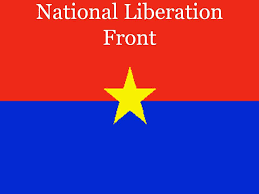
December 20, 1960: North Vietnam announced the formation of the National Front for the Liberation of the South. More commonly known as the National Liberation Front (NLF), organizers intended to replicate the success of the Viet Minh, the umbrella nationalist organization that successfully liberated Vietnam from French colonial rule. (see March 21, 1961)
December 20 Peace Love Art Activism
The Cold War
December 20, 1963: more than two years after East Germany constructed the Berlin Wall to prevent its citizens from fleeing its communist regime, nearly 4,000 West Berliners were allowed to cross into East Berlin to visit relatives. Under an agreement reached between East and West Berlin, over 170,000 West Berlin citizens received passes. Each pass allowed a one-day visit. (see February 18, 1964)
Dissolution of Yugoslavia
December 20, 1995: NATO began peacekeeping operation in Bosnia. (see March 24, 1998)
December 20 Peace Love Art Activism
Feminism
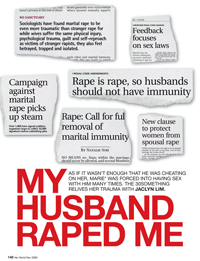
December 20, 1984: in People v. Liberta, the New York State Court of Appeals decided that there was no basis for distinguishing between marital rape and non-marital rape. The court noted that “a marriage license should not be viewed as a license to forcibly rape [the defendant’s] wife with impunity” and struck the marital exemption from the statue in question for violation of the state and federal Constitution.
Guerrilla Girls
In the spring of 1985: Guerrilla Girls, an anonymous group of feminist, female artists devoted to fighting sexism and racism within the art world, formed in New York City with the mission of bringing gender and racial inequality within the fine arts into focus within the greater community. Members were known for the gorilla masks they wore to remain anonymous. They wear the masks to conceal their identity because they believed that their identity was not what mattered as GG1 explains in an interview “…mainly, we wanted the focus to be on the issues, not on our personalities or our own work.” Also, their identity was hidden to protect themselves from the backlash of prominent individuals within the art community. (see Dec 14)
December 20 Peace Love Art Activism
LGBTQ
December 20, 1999: the Vermont Supreme Court ruled in Baker v. State of Vermont that same-sex couples must be treated equally to different-sex married couples. The Vermont legislature responded by establishing civil union, a separate legal status that affords couples some, but not all, of the protections that come with marriage – falling short of the constitutional command of equality, but far more than gay couples had before. The law went into effect on July 1, 2000. (see April 26, 2000)
Utah’s ban on same-sex marriage
December 20, 2013: U.S. District Judge Robert Shelby struck down Utah’s ban on same-sex marriage as unconstitutional handing a major victory to gay rights activists in a conservative state where the Mormon Church wields considerable influence. Shelby, in a lawsuit brought by three gay couples, found that an amendment to the Utah Constitution defining marriage as exclusively between a man and a woman violated the rights of gay couples to due process and equal protection under the U.S. Constitution. “The state’s current laws deny its gay and lesbian citizens their fundamental right to marry and, in doing so, demean the dignity of these same sex couples for no rational reason. Accordingly, the court finds that these laws are unconstitutional,” Shelby said.(see Dec 23)
December 20 Peace Love Art Activism
Religion and Public Education
FREE SPEECH
December 20, 2005: in Kitzmiller v. Dover, a US District Court ruled that a Pennsylvania school district’s “intelligent design policy” violated the First Amendment. The policy required district teachers to inform students of the “gaps/problems in Darwin’s Theory,” and they are required to introduce “other theories of evolution including, but not limited to, intelligent design.” (NYT article) (FS, see May 30, 2006; Religion, see May 27, 2012)
December 20 Peace Love Art Activism
Stop and Frisk Policy
ACLU suit allowed
December 20, 2012: In a unanimous finding, the Appellate Division, First Department, reinstated a purported class action brought by the New York Civil Liberties Union that claimed the NYPD’s refusal to seal records of the stops violated state law. Hundreds of thousands of people who were subjected to the New York Police Department’s controversial “stop and frisk” program, but not convicted of a crime, can sue the NYPD for keeping their personal information in a database, a New York appeals court ruled Thursday.
2012 statistics
In December 2012 statistics showed that the NYPD stopped people 533,042 times: 473,300 were totally innocent (89 percent). 286,684 were black (55 percent); 166,212 were Latino (32 percent); 50,615 were white (10 percent). (see January 8, 2013)
December 20 Peace Love Art Activism
Environmental Issues
December 20, 2016: President Obama announced what he called a permanent ban on offshore oil and gas drilling along wide areas of the Arctic and the Atlantic Seaboard as he tried to nail down an environmental legacy that could not quickly be reversed by Donald J. Trump.
Obama invoked an obscure provision of a 1953 law, the Outer Continental Shelf Lands Act, which he said gave him the authority to act unilaterally. While some presidents have used that law to temporarily protect smaller portions of federal waters, Mr. Obama’s declaration of a permanent drilling ban on portions of the ocean floor from Virginia to Maine and along much of Alaska’s coast is breaking new ground. [NYT article] (see February 14, 2017)
Incandescent Bulbs/Trump
December 20, 2019: the Trump administration announced that it would block a rule designed to phase out older incandescent bulbs and require Americans to use energy-efficient light bulbs.
In announcing the move, the secretary of energy, Dan Brouillette, who was a former auto lobbyist, said the administration had chosen “to protect consumer choice by ensuring that the American people do not pay the price for unnecessary overregulation from the federal government.” The new rule was unnecessary, he said, because innovation and technology are already “increasing the efficiency and affordability of light bulbs without federal government intervention.”
The rule, which would have gone into effect on Jan. 1, was required under a law passed in 2007 during the administration of President George W. Bush. [NYT article] (next EI, see January 23, or see April 26, 2022 for Bidin change)
December 20 Peace Love Art Activism
Nuclear/Chemical News
December 20, 2018: North Korea official news agency said that it would not dismantle its nuclear weapons program until the United States also agreed to diminish its military capacity in the vicinity of the Korean Peninsula. [NYT article] (see January 30, 2019)
December 20 Peace Love Art Activism
Immigration History
December 20, 2019: the Department of Homeland Security’s Office of Inspector General said that it had found “no misconduct or malfeasance” by department officials in the deaths of two Guatemalan children who died in the custody of the United States Border Patrol in December 2018.
The office announced the finding in two brief reports. The reports did not name the children, but the details listed matched the deaths of Jakelin Caal Maquín, 7, and Felipe Gómez Alonso, 8, both of whom died in December 2018.
The Department of Homeland Security said that it was “still saddened by the tragic loss of these young lives,” and added that it continued “to bolster medical screenings and care at D.H.S. facilities on the border.” [NYT article] (next IH, see January 8, 2020)
December 20 Peace Love Art Activism
Women’s Health
December 20, 2019: the Trump administration added a new policy to the Affordable Care Act that could potentially make it more difficult for women to receive abortions by requiring insurance providers to generate separate bills for anyone whose insurance plan covers abortions. If the bill for abortion coverage goes unpaid, then insurance companies can exercise the right to cancel the entire policy. [Newsweek article] (next WH, see January 17, 2020)
Crime and Punishment
December 20, 2024: the U.S. Department of Justice alleged in a lawsuit filed that Louisiana’s prison system routinely holds people weeks and months after they have completed their sentences. The suit follows a multiyear investigation into what federal officials say is a pattern of “systemic overdetention” that violates inmates’ rights and costs taxpayers millions of dollars a year.
DOJ alleges that since at least 2012, more than a quarter of the people due to be released from Louisiana prisons have instead been held past their release dates. (next C & P, see Dec 23)
December 20 Peace Love Art Activism
